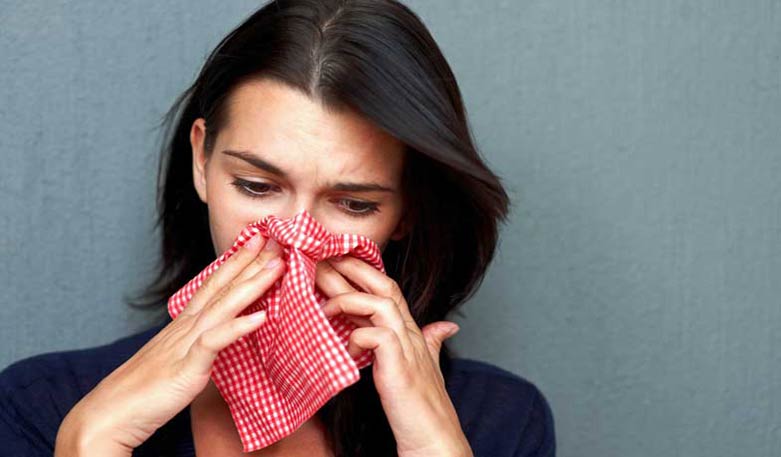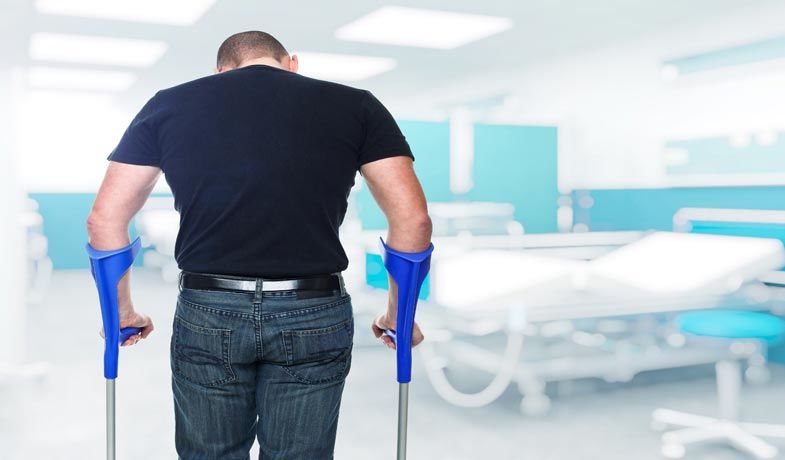As room temperature increases, heart rate decreases, body temperature rises, and comprehension deteriorates. This not only leads to fatigue, but also to a lack of attention. Air conditioning is very welcome and will help. But air conditioning systems not only offer advantages: If they are not used properly, there is even a risk of damage to health. These begin with physical impairment, cold and drafts, especially dry mucous membranes, and with poor maintenance they are even a dangerous source of pathogens. Microorganisms such as bacteria and fungi lead an unnoticed and undisturbed life of their own in the filters and pipes of the air conditioning system. They collect and multiply and are thrown directly into the human organism with the air flow. The general rule is to air the room first before switching on the air conditioning with the windows closed. To prevent offices from heating up further, it is recommended to close blinds and windows in direct sunlight. However, if the air conditioning system does not automatically supply fresh air, regular ventilation is recommended.
The temperature difference between the outside air and the inside should be kept as small as possible. Large deviations between indoor and outdoor air cause the body considerable difficulties in adapting. A difference of up to six degrees is still reasonable. Because then the cardiovascular system is not so heavily burdened and the risk of colds is lower. Inducing a room temperature of 21 degrees Celsius when the outside temperature is around 33 degrees is not conducive to health. The body cools down extremely quickly through the sweaty skin. Light jackets and pullovers offer the best protection against the “cold shock”, which is now also lurking in grocery stores and public buildings.
Fans and airflow are generally not aimed directly at the face. Instead, it must be ensured that the air only hits parts of the body that are protected by clothing. Because in summer weather, an air outlet temperature of around 15 degrees is required to achieve between 22 and 25 degrees in the interior. If this stream of cold air hits the skin directly, it can lead to colds or muscle strains.
It is all too easy to catch a cold in a cooler room, because the sweat that has suddenly turned cold and the dry air in the interior irritate the mucous membranes of the upper airways and viruses have an easy time of it. A sustained cold stimulus on a specific part of the body is crucial. As the skin cools down, the vessels close to the skin contract. As a result, the skin is less well supplied with blood. The irritation of the nerve endings in the skin by the cool air also means that the nasal mucous membranes are less well supplied with blood. Cold feet are just as dangerous: In addition to the common cold, the drafts on the feet can promote cystitis. Last but not least, cold drafts increase muscle tension, which can be particularly painful for the neck and neck muscles. The cold stimulus quickly leads to muscle tension in the neck, shoulders and back, sometimes even to nerve pain.
Cold drafts can also dry out the conjunctiva of the eyes. Conjunctivitis can result.



